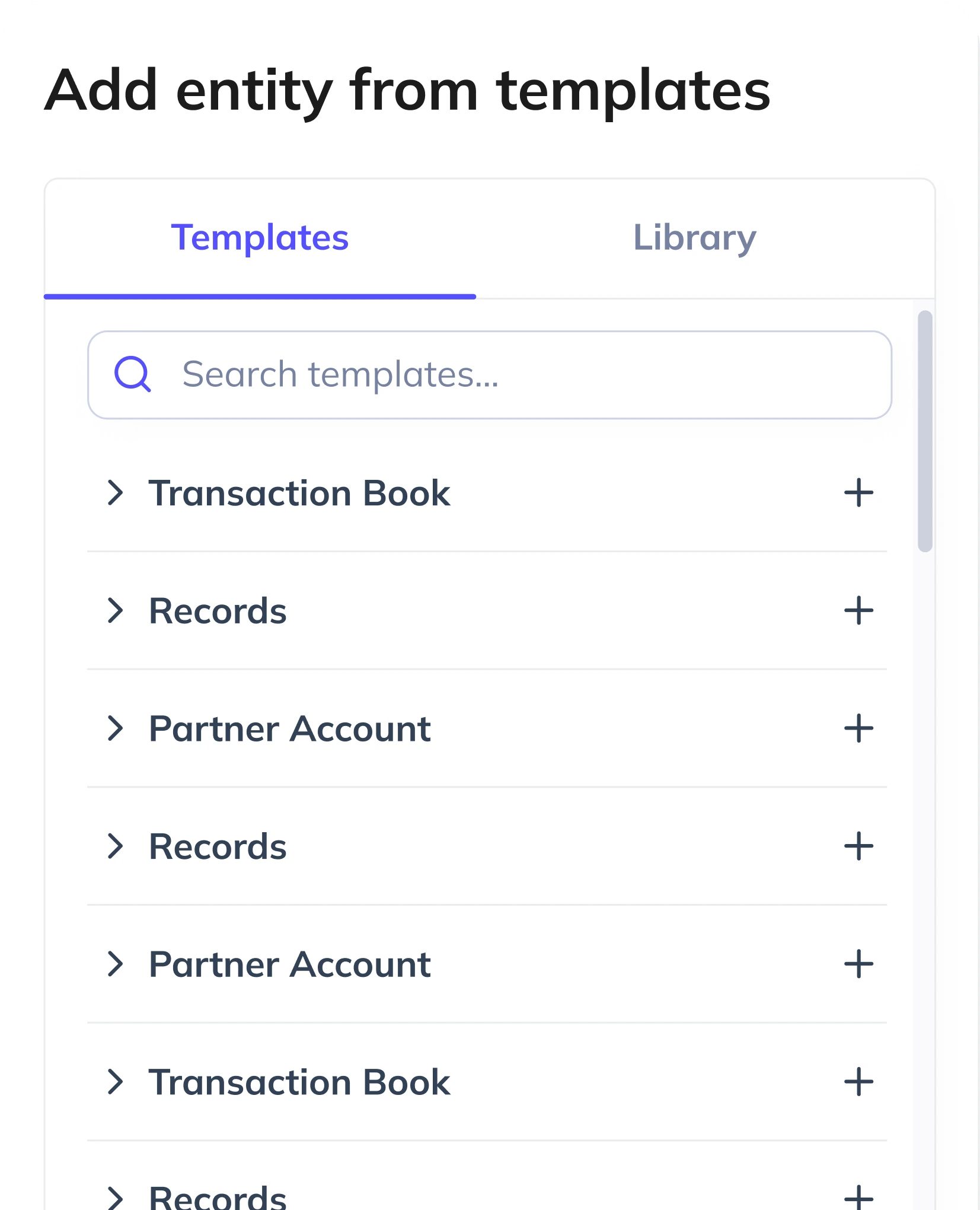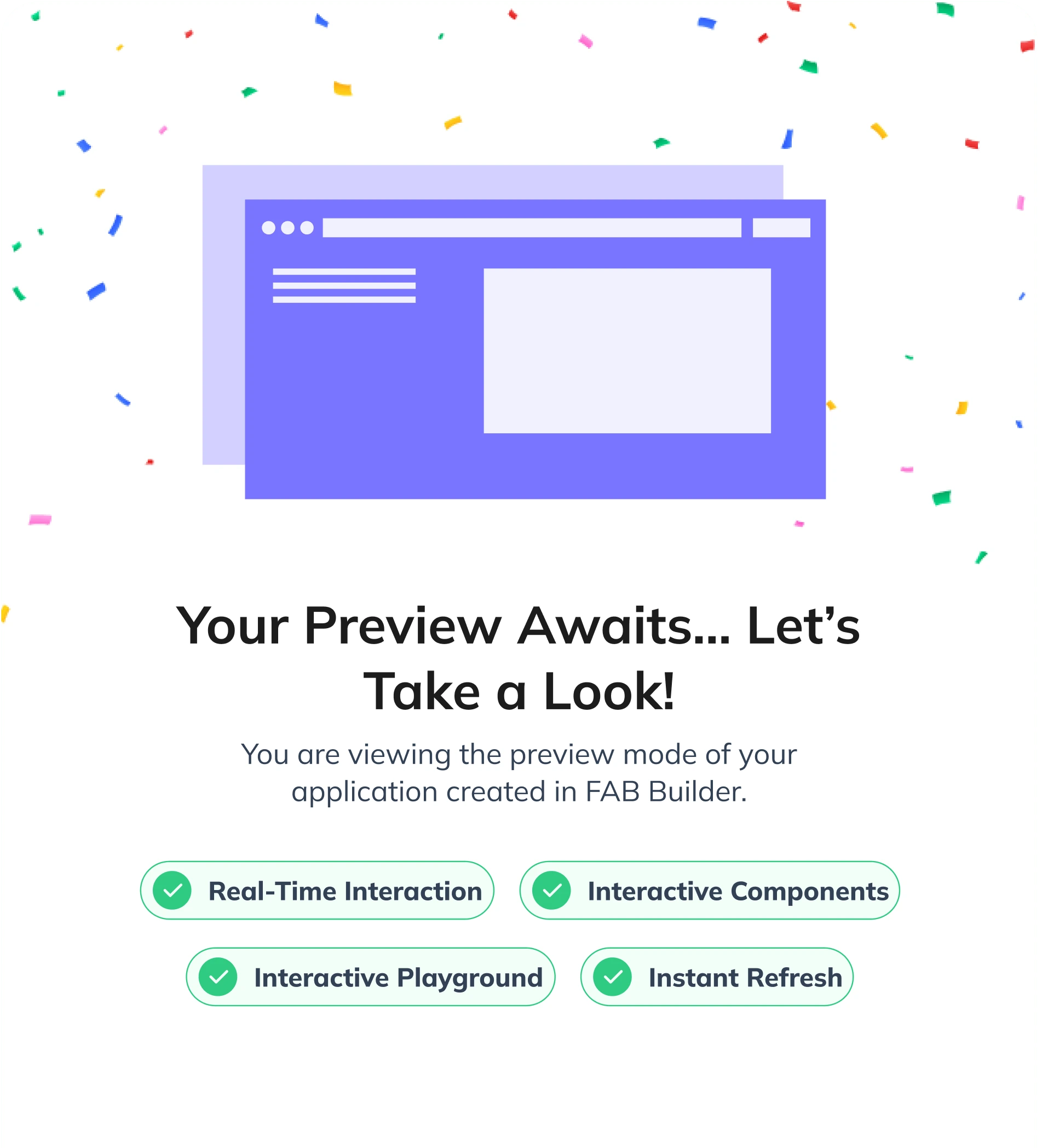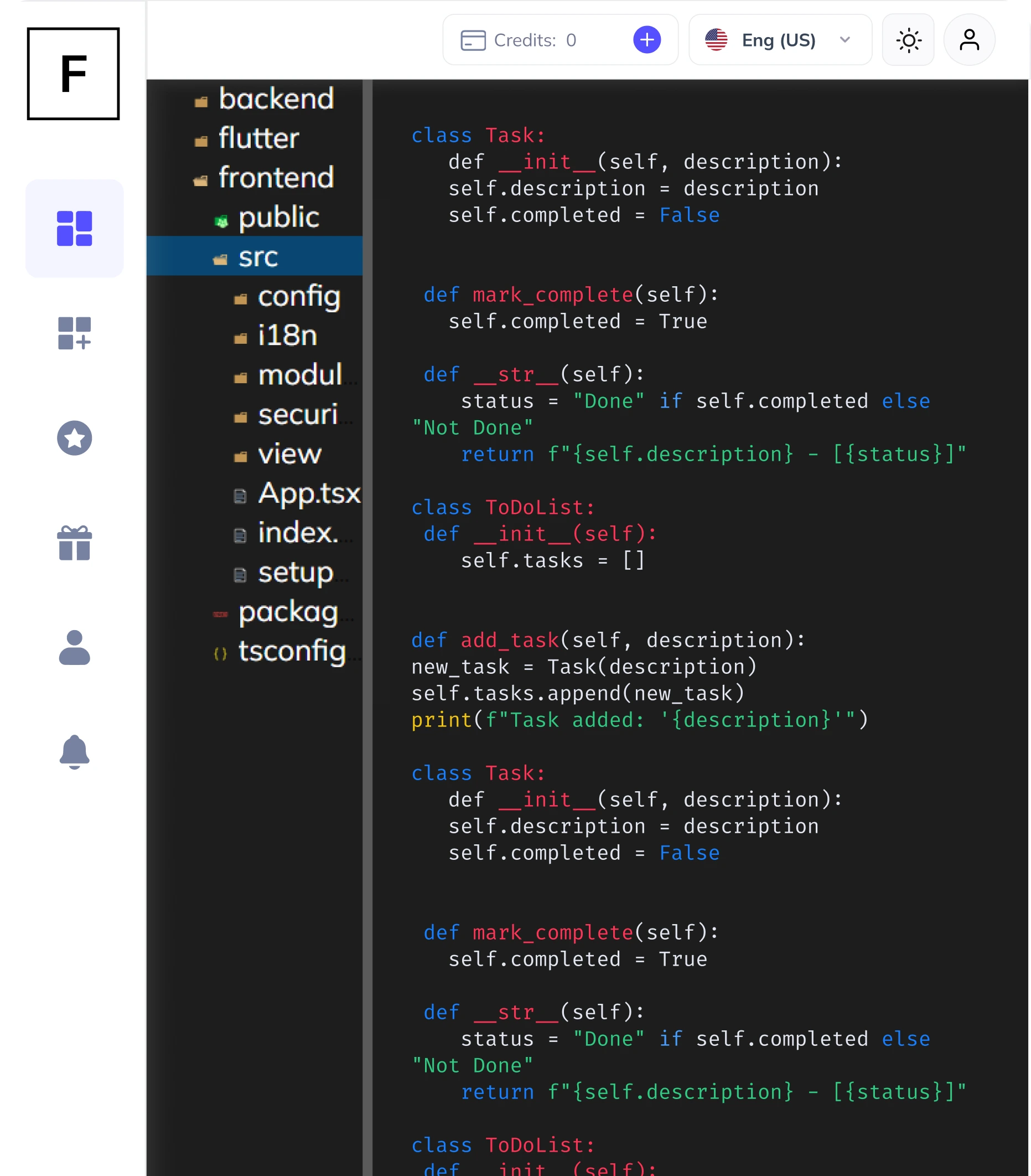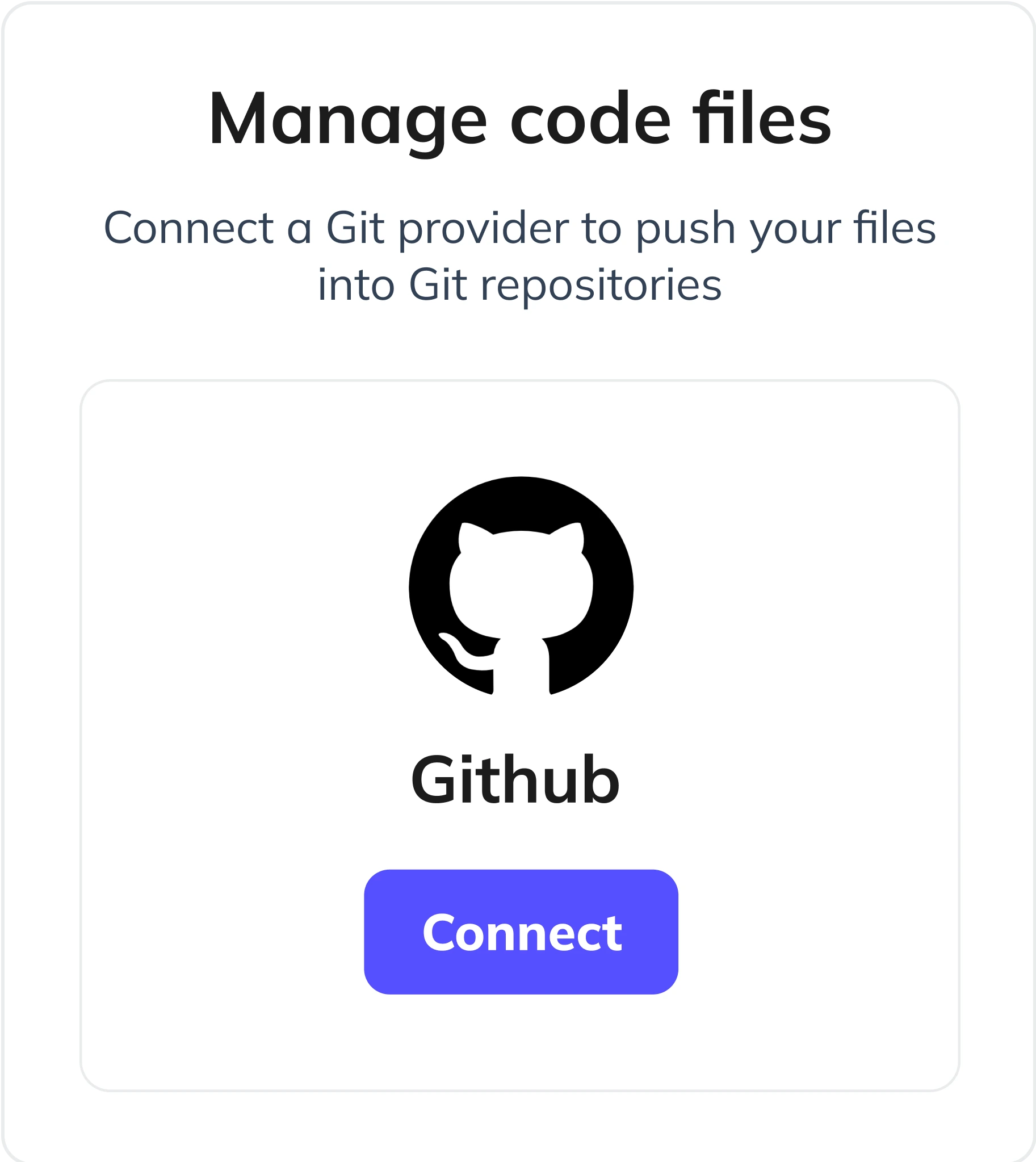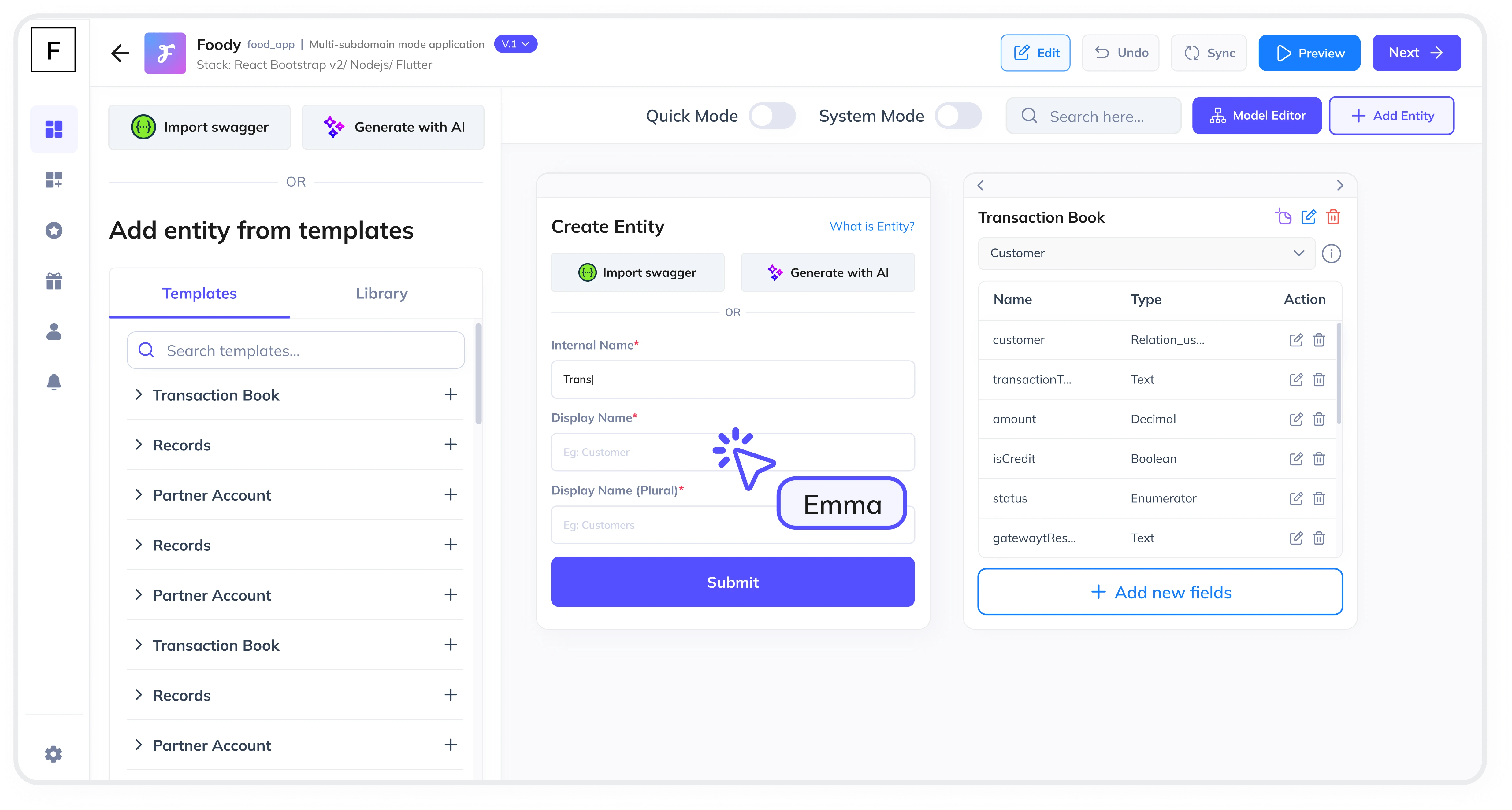Summarize and analyze this article with:
In today’s globalized and fast-paced business environment, Enterprise Resource Planning (ERP) systems are essential for optimizing operations, improving efficiency, and ensuring seamless supply chain management. One of the most critical components of an ERP system is the Supply Chain Module, which handles inventory management, order processing, logistics, and supplier relationships. With the rise of low-code platforms like FAB Builder, building a customizable, scalable, and production-ready ERP system has become faster and more accessible than ever. In this guide, we’ll walk you through the step-by-step process of creating an ERP system with a customizable Supply Chain Module—all in just a few hours!
Why Use a Low-Code Platform for ERP Development?
- Speed:
- Build an ERP system in hours, not months, with pre-built templates and automated code generation.
- Development Efficiency:
- Focus on your business needs while FAB Builder handles the technical complexities.
- Scalability:
- Start with a basic Supply Chain Module and scale to a full ERP system as your business grows.
- Customizability:
- Easily adapt your ERP system to meet new requirements or integrate with other tools.
- Full Source Code Access:
- Download and own the source code, ensuring intellectual property rights remain with you.
- SaaS-Ready:
- Use multi-tenant configurations to create a SaaS-based ERP system and sell subscriptions to B2B customers.
Step-by-Step Guide to Building an ERP System with a Customizable Supply Chain Module
Step 1: Define Your ERP Requirements
- Identify the key features your ERP system needs, such as:
- Supply Chain Module: Inventory management, order processing, logistics, supplier management.
- Finance Module: Accounting, invoicing, expense tracking.
- HR Module: Employee management, payroll, recruitment.
- Use FAB Builder’s AI-assisted entity creation to describe your requirements and generate a starting point.
Step 2: Choose Your Tech Stack
- Select your preferred frontend, backend, and database technologies from FAB Builder’s supported tech stacks:
- Frontend: React.js, Angular, Vue.js
- Backend: Node.js, Java, .NET
- Database: MongoDB, PostgreSQL, MySQL
Step 3: Build the Supply Chain Module
- Use FAB Builder’s drag-and-drop tools to create a customizable Supply Chain Module with features like:
- Inventory Management: Track stock levels, manage reorders, and monitor inventory turnover.
- Order Processing: Automate order entry, fulfillment, and tracking.
- Logistics: Manage shipping, transportation, and delivery schedules.
- Supplier Management: Track supplier performance, manage contracts, and streamline procurement.
- Use out-of-the-box fields or create custom fields to match your supply chain processes.
Step 4: Integrate Other Modules
- Add additional modules like Finance and HR to create a complete ERP system.
- Use FAB Builder’s integration-ready features to connect with third-party tools (e.g., logistics software, supplier portals).
Step 5: Preview and Iterate
- Use FAB Builder’s live preview feature to test your ERP system and make adjustments as needed.
- Iterate and refine your Supply Chain Module and other components until they meet your requirements.
Step 6: Deploy Your ERP System
- Deploy your ERP system to AWS, GCP, or Azure with FAB Builder’s one-click deployment.
- Launch your system and start using it to streamline your business operations.

Key Features of FAB Builder for ERP Development
- Low-Code Platform:
- Build an ERP system in hours, not months, with minimal coding.
- Customizable Supply Chain Module:
- Tailor your Supply Chain Module to meet your specific business needs.
- Integration-Ready:
- Easily integrate with third-party tools and services.
- Production-Ready:
- Deploy your ERP system with confidence, knowing it’s ready for real-world use.
- Full Source Code Access:
- Download and own the source code, ensuring intellectual property rights remain with you.
- SaaS-Ready:
- Use multi-tenant configurations to create a SaaS-based ERP system and sell subscriptions to B2B customers.
Benefits of Using FAB Builder for ERP Development
- Speed and Efficiency:
- Build an ERP system in hours, not months, with FAB Builder’s intuitive tools and templates.
- Scalability:
- Start with a basic Supply Chain Module and scale to a full ERP system as your business grows.
- Customizability:
- Easily adapt your ERP system to meet new requirements or integrate with other tools.
- Cost Savings:
- Save on development costs by eliminating the need for a full development team.
- Future-Proof:
- Build on a modern tech stack that supports seamless upgrades and integrations.
Use Cases for FAB Builder’s ERP System
- Small Businesses:
- Streamline operations with a custom ERP system tailored to your needs.
- Enterprises:
- Scale your ERP system to meet the demands of a growing business.
- Supply Chain Departments:
- Automate supply chain processes with a customizable Supply Chain Module.
- SaaS Providers:
- Use multi-tenant configurations to create a SaaS-based ERP system and sell subscriptions to B2B customers.
Building an Enterprise Resource Planning (ERP) system with a customizable Supply Chain Module has never been easier, thanks to FAB Builder’s low-code platform. With its speed, scalability, and customizability, FAB Builder empowers businesses to create production-ready ERP systems in just a few hours. Whether you’re a small business, enterprise, or SaaS provider, FAB Builder is your go-to solution for ERP development.
Ready to build your ERP system?






